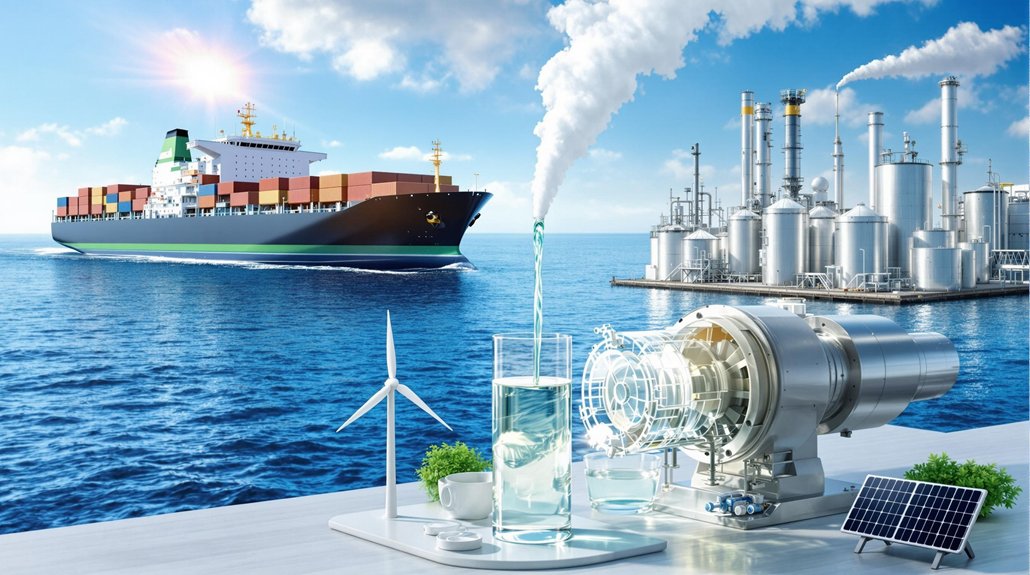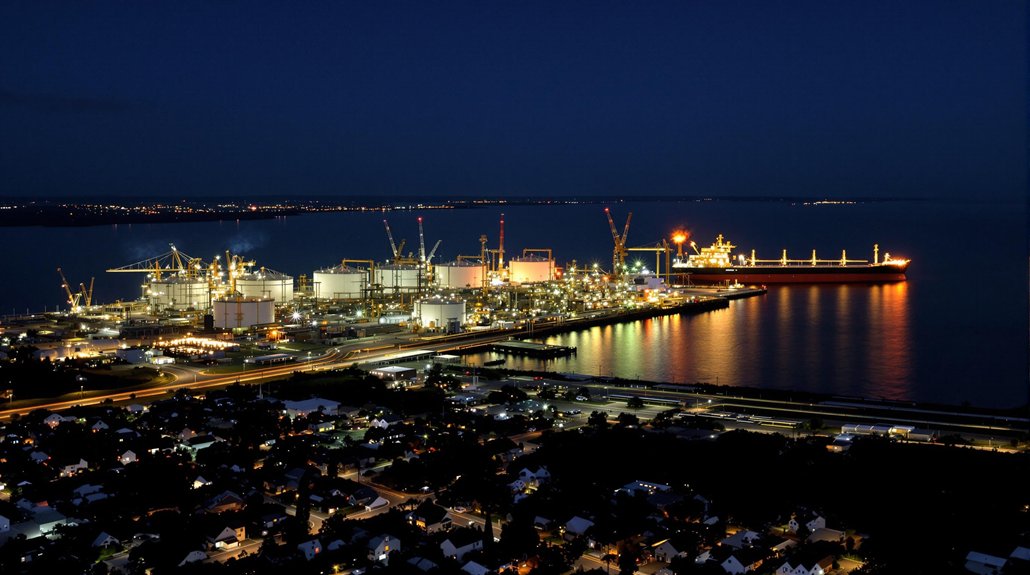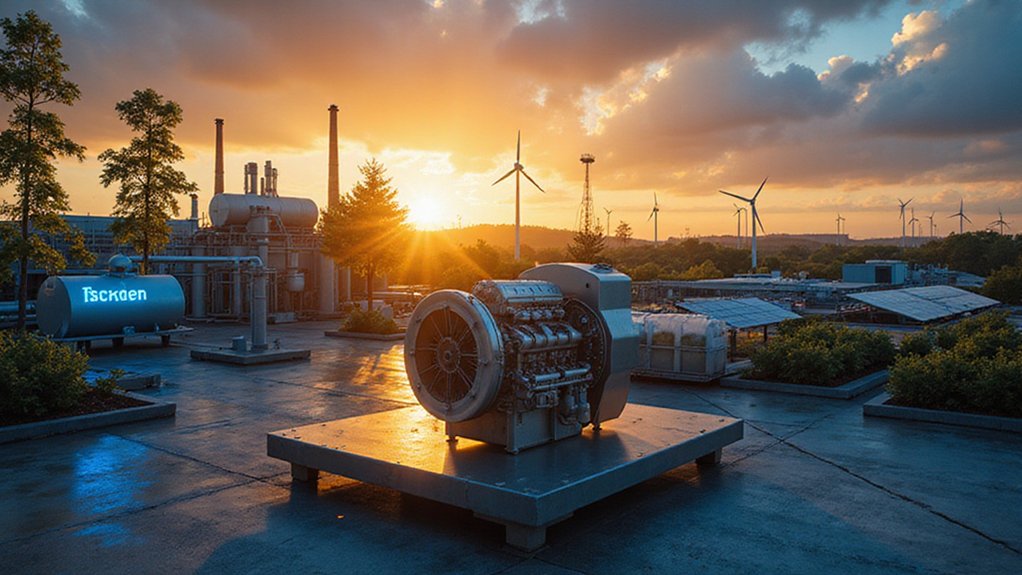The green methanol transformation is transforming energy markets worldwide, though major fuel companies rarely discuss it. This renewable fuel combines captured carbon dioxide with hydrogen from clean sources. It can reduce emissions by up to 95% compared to conventional fuels. The shipping industry has already begun adopting green methanol due to its compatibility with existing engines. What makes this alternative so threatening to traditional energy giants? The answer lies in its potential to upend decades of fossil fuel dominance.
How is the shipping industry tackling climate change? One answer is green methanol, a renewable fuel that’s gaining attention worldwide. Unlike traditional methanol made from natural gas, green methanol is produced using captured carbon dioxide and hydrogen created through renewable energy-powered electrolysis.
The environmental benefits are significant. Green methanol can cut carbon dioxide emissions by 60-95% compared to fossil fuels. It also reduces nitrogen oxide emissions by up to 80% and almost completely eliminates sulfur oxide and particulate matter. These reductions help fight air pollution and acid rain while moving toward carbon neutrality. This aligns with the global warming threshold of 1.5°C that renewable energy solutions aim to maintain.
Ships can use green methanol immediately, either as a complete replacement or blended with conventional fuels. This quick adoption helps shipping companies meet stricter international emissions rules. Since it’s liquid at room temperature, green methanol works with existing storage and transport systems, making the shift easier. Companies like Maersk are investing heavily in e-methanol production to transform their shipping fleets.
Beyond shipping, green methanol serves as a feedstock for manufacturing chemicals and plastics. Global production currently reaches approximately 110 million tons per year, showing its significant industrial importance. Several demonstration projects are already showing how it can reduce fossil fuel dependence in heavy industries.
The economics are changing too. While green methanol costs more than conventional fuel today, experts predict prices will fall as technology improves and production scales up. Growing demand from shipping and chemical sectors points to expanding markets. Investment in renewable energy and carbon capture is also increasing to support production.
Technological advances are making green methanol production more efficient. Better catalysts improve CO₂ hydrogenation, and hybrid systems combining biomass gasification with renewable hydrogen offer promising production routes.
As climate concerns grow, green methanol represents a practical solution for hard-to-decarbonize sectors. It doesn’t require completely new infrastructure, and it’s compatible with existing engines and systems.
While traditional fuel companies may prefer fossil-based alternatives, green methanol’s benefits make it an increasingly attractive option for a cleaner future.









